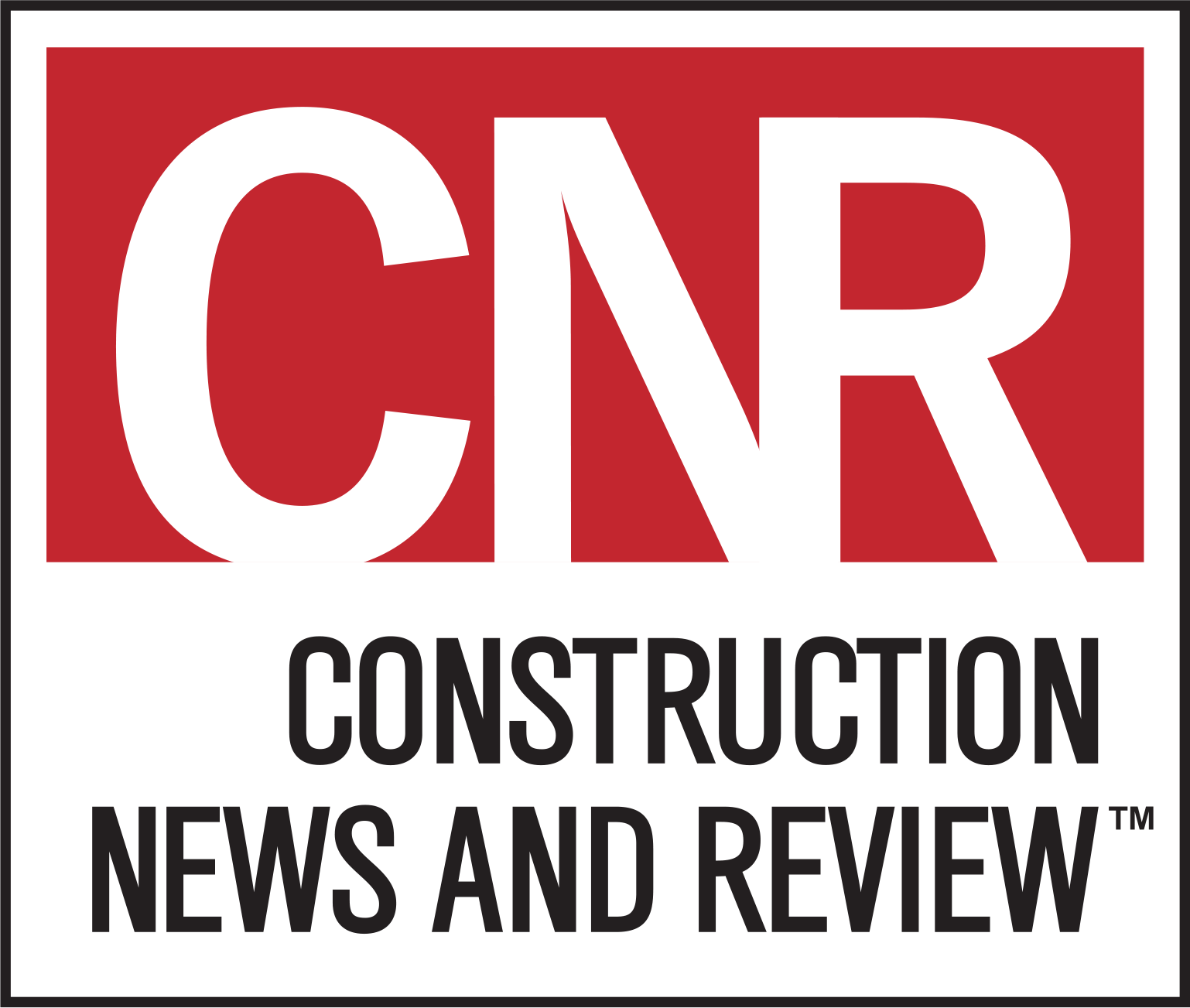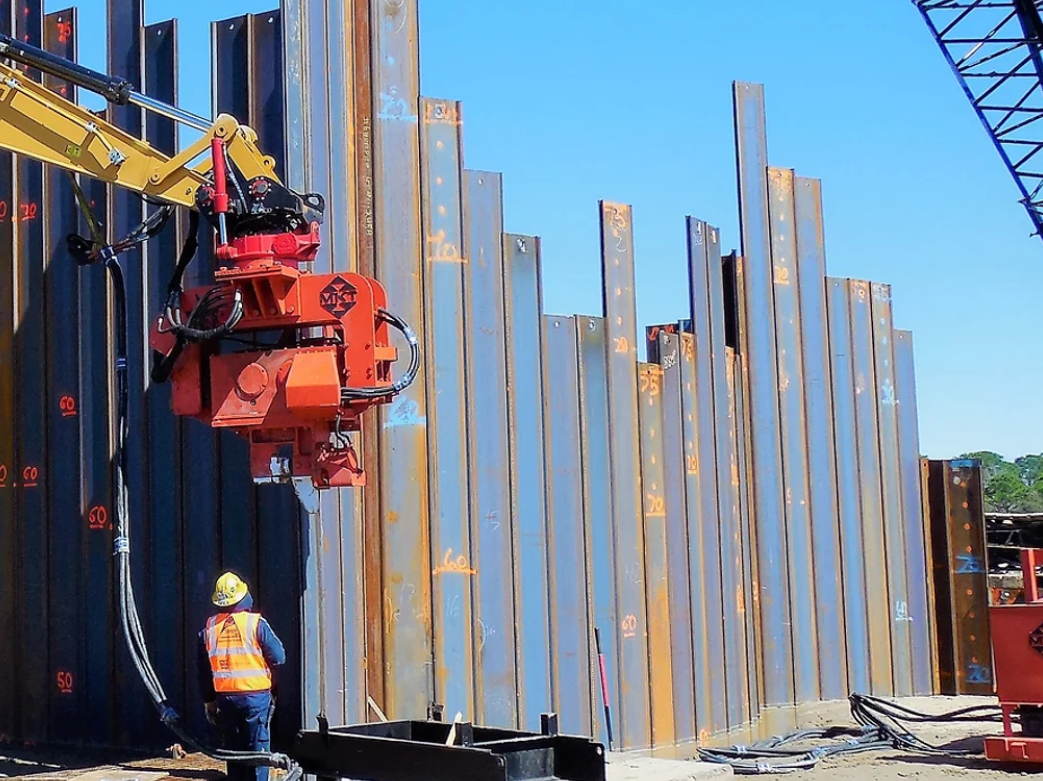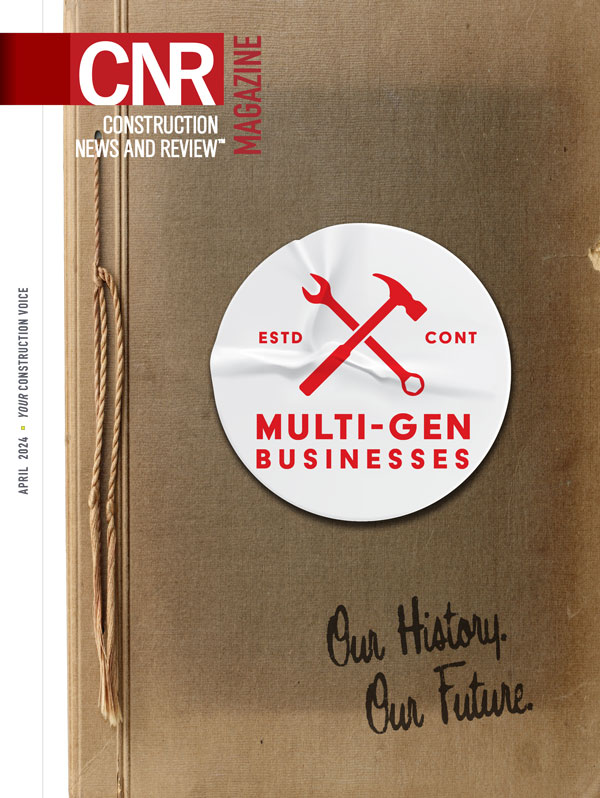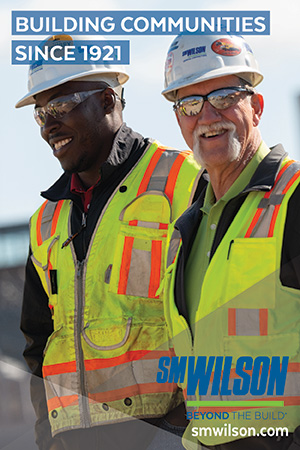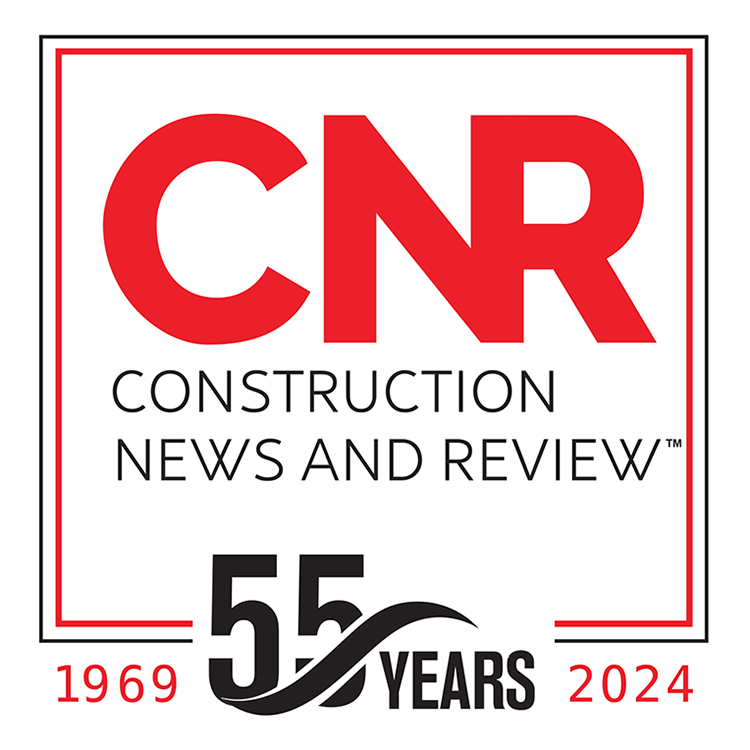Progress and Adaptation: Lessons Learned from 30 years in the AEC industry
The a/e/c world has witnessed significant transformations over the past few decades. When I sit and reflect back on the state of the industry then versus now and think about the lessons I’ve learned in my 30 years as a business owner, it’s remarkable to see how the evolution of our business mirrors the broader trends and changes in the field. From technological advancements to market evolution, strategic planning is at the heart of overcoming economic downturns, growing and/or evolving your firm and creating work-life balance. Here are some lessons learned that can help you manage your company for the future:
Women in the industry
In 1984 when I entered the workforce, women represented only 4 percent of registered architects in the industry. Schools weren’t necessarily prepared for women to go into science, technology, engineering and mathematics (STEM). This helped motivate me to start my own architecture and design firm in 1994. At the time, 15 percent of AIA members were women. That percentage has grown to 23.3 percent today and our firm has steadily kept up with that growth.
The industry has made progress in actively promoting inclusivity for women, while also inspiring and encouraging younger generations to consider the STEM industry. Organizations such as Girl Scouts of Eastern Missouri hold industry days for middle school and high school students at AEC firms where they can learn about the industry and what an average day looks like from an architect’s perspective.
Take risks with technology
Technology can have tremendous power in growing a company and its ability to win more business. In 2001, Revit Building Information Modeling (BIM) software clearly became the future for graphic representation information tracking for the industry. When our firm brought the software in-house, it was relatively new, but we prioritized having a staff that was well-trained with the technology. That approach of adjusting our process to benefit from the technology led to increased efficiencies, propelling our 20-person firm at the time to do the work of a conventional firm twice our size.
Today, advancements in design software like Revit and Lumion help designers develop remarkable solutions under time constraints. Let’s say a client pushed up the master plan presentation by months. What would typically take a company six months to develop could now be completed in three weeks. The software can help a small to mid-size company collaborate with the client in real-time, increasing efficiencies and offsetting the total cost.
The latest major technological trend moving forward is Artificial Intelligence. AI is still very new, and the industry is still exploring its potential for adoption and growth.
Don’t forget to prioritize talent
The biggest fear with the emergence of AI is that it will take away jobs or make the industry obsolete.
You can have all the tools and technologies in the world, but the human element will never go away. Having a multi-generational diverse staff with different backgrounds, specialties and work experiences is one of the greatest investments you can make.
A few years ago we launched Architecture Lite, a program where seasoned employees with more than 20 years of professional experience conduct training and educational sessions for younger employees. It’s important to surround yourself with mentors both within and outside the industry; there is so much knowledge to pass on between generations and between project types, industries served, company departments and even where projects are located.
Diversify: Don’t put all your eggs in one basket
It’s critical to diversify your portfolio to weather multiple economic cycles and downturns. The bond market crisis in 1994 resulted in a tight labor market, and we were working with a team of three employees and managing projects outside of St. Louis in our first year of business. We were lean and entrepreneurial, and that really allowed us to hone our expertise with technological advancements and break down barriers with the types of projects we go after.
Most of our early work was interior office and move management projects in the telecommunications and banking sectors. We realized early on that we could cross-sell our interior capabilities to other markets. For instance, our team leveraged our corporate office work with Bank of America to get a few retail banking projects and then used the retail banks to get retail stores with AT&T (then Cingular Wireless). We used our interiors and move management work to increase our foothold in healthcare, which in turn, we used to land our first multi-year contract with the Dept. of Veterans Affairs. By 2008, we were well-balanced between education, government, healthcare, restaurants, retail and workplaces, giving us the foundation we needed to survive the recession. All this work has grown our architectural capabilities, and we are now designing out-of-ground buildings all over the U.S. for a diverse set of clients/markets, including hospitality.
Whether your firm specializes in specific markets/services, there are plenty of ways to diversify your work either through clients or subspecialties.
The physical workplace is not dead, but it is evolving
COVID forced many businesses to shutter their physical offices and move to a remote or hybrid work environment. At the end of the day, having a physical presence in the markets served and where your talent resides remains a key factor in maintaining a collaborative and creative culture. In the past two years, we opened satellite offices in Orlando, Fla., Hampton, Va. and Mesa, Ariz., and are in the process of opening another satellite office in Colorado. This year, we renewed our corporate headquarters lease in Downtown St. Louis and moved to a hybrid work schedule – a minimum of three days in the office and two days working remotely. Being in the office with one another more frequently provides the opportunity for additional informal conversations and design/project discussions.
As the a/e/c industry continues to evolve, it is important for businesses not to be reactive, but to strategically plan. Making choices regarding technology, markets, staffing and office locations should be deliberate. Having a focus on controlled growth ensures the right culture of people and direction for the future.
Fresh Content
Direct to Your Inbox

YOUR CONSTRUCTION VOICE IN ST. LOUIS AND BEYOND
Join CNR Magazine today as a Content Partner
As a CNR Content Partner, CNR Magazine promises to support you as you build, design and engineer projects not only in and around St. Louis, but also across the U.S. CNR is equipped and ready to deliver a dynamic digital experience paired with the top-notch, robust print coverage for which you’ve always known and respected the magazine.
